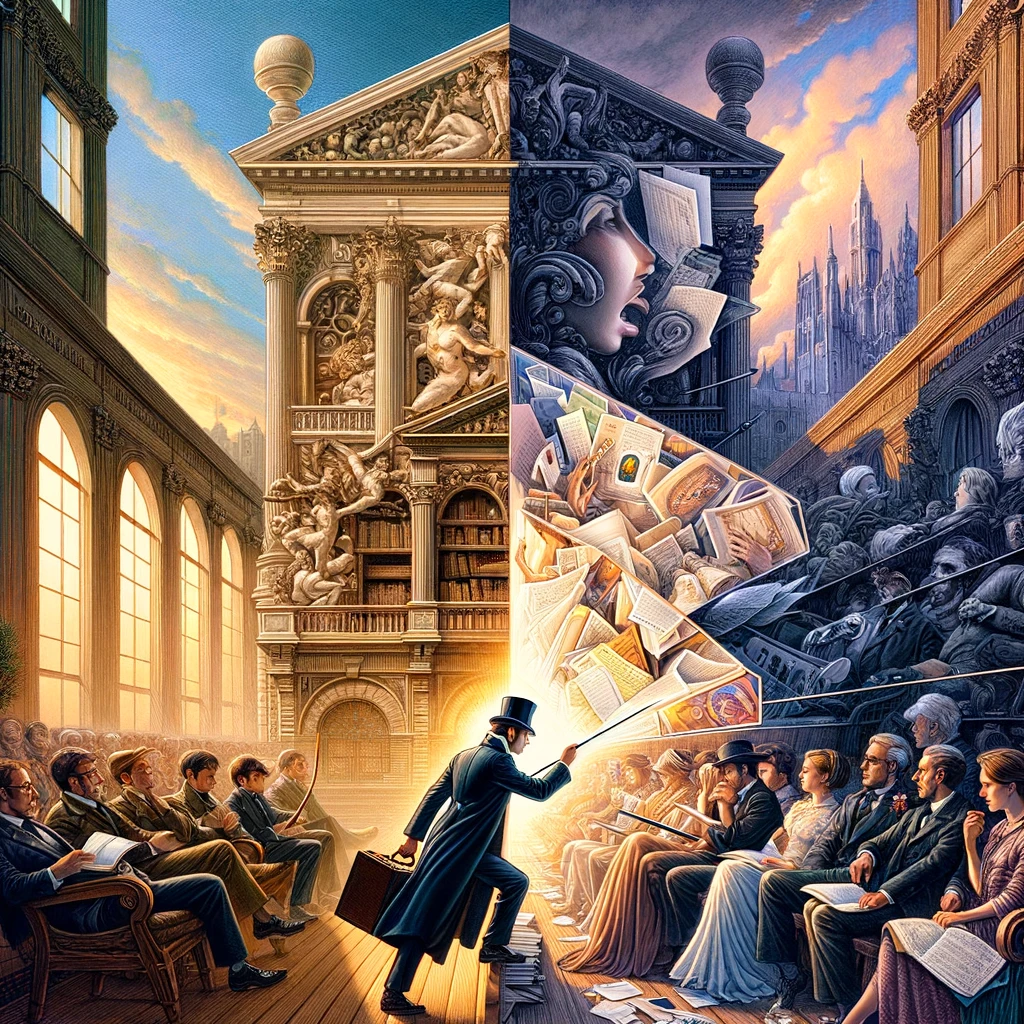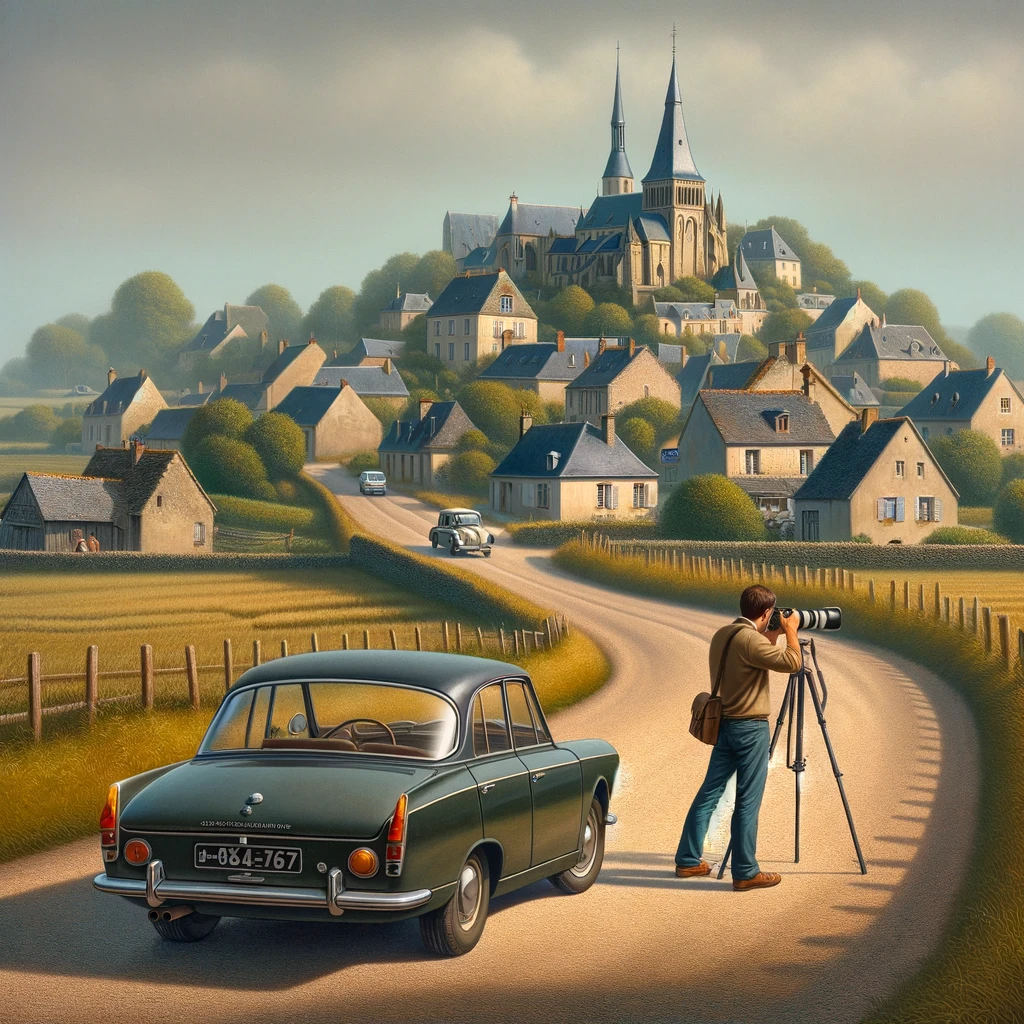“Camera Lucida,” published in 1980, is Roland Barthes’ meditation on the nature and essence of photography. In this seminal work, Barthes explores the complex interplay between the observer, the photograph, and the photographed subject, weaving together personal reflection, theoretical musings, and a deep analysis of the photographic medium’s impact on society and individual perception. The book is divided into two parts, reflecting Barthes’ dual approach to understanding photography through its studium and punctum concepts, and culminates in a poignant exploration of a photograph of his mother.
Part One: The Studium and the Punctum
Barthes begins by distinguishing between two elements that affect the viewer’s experience of a photograph: the studium and the punctum. The studium pertains to the cultural, linguistic, and political interpretation of the photograph, engaging the viewer in a more distanced, analytical manner. It represents the photograph’s ability to convey information, cultural context, and general interest to the observer. The studium invites a study, an appreciation of the artistry, the framing, the aesthetics, and the historical context within which the photograph exists.
In contrast, the punctum is a more elusive concept, referring to a personal, piercing element that transcends the photograph’s immediate context to touch the viewer deeply and unexpectedly. The punctum is highly subjective, arising from a detail in the photograph that triggers an emotional response unique to the individual observer. It might be a gesture, an object, a shadow, or any minute aspect that ‘pricks’ or ‘wounds’ the viewer, pulling them into a direct, personal engagement with the image. This element defies analytical capture, as it depends on the viewer’s personal experiences, memories, and sensibilities.
The Photograph as a Link to the Real
Barthes reflects on the photograph’s unique position as a direct emissary of the real world. Unlike other art forms, which are interpretations of reality, a photograph is a literal imprint of a moment in time, carrying with it an undeniable connection to the actual, physical subject it represents. This characteristic imbues photographs with a powerful aura of authenticity and presence, making them potent vessels for memory and emotion. Barthes explores the idea that every photograph, by freezing a moment from the past, inherently contains a sense of loss and mortality. This is encapsulated in his term “ça-a-été,” meaning “that-has-been,” underscoring the photograph’s role as a witness to something that once existed but is no more.
Personal Reflection: The Winter Garden Photograph
In the second part of the book, Barthes delves into a deeply personal analysis of a photograph he refers to as the “Winter Garden” photograph, an image of his mother as a child. This photograph becomes a focal point for Barthes’ exploration of photography’s capacity to evoke memory and capture the essence of a person. The Winter Garden photograph, which he chooses not to reproduce in the book, exemplifies the punctum for Barthes, as it reveals the unique presence and aura of his mother, transcending its historical and aesthetic context to touch him on a deeply personal level.
This photograph leads Barthes to contemplate the nature of memory, loss, and the search for the essence of the loved one within the photographic medium. He reflects on how this single image, among all others, captures a true likeness, an “air” of his mother that he recognizes as her essence. This exploration culminates in a meditation on death, both in the literal sense, as the photograph outlives the subject, and in a more existential sense, as the photograph serves as a reminder of the inevitability of mortality.
Conclusion: Photography’s Dual Nature
Throughout “Camera Lucida,” Barthes grapples with the paradoxes of photography: its capacity to document reality with mechanical objectivity while also bearing the weight of subjective emotional significance. He illuminates the medium’s power to evoke the past, to bring the dead to life in the viewer’s present, and to confront us with the inexorable flow of time. Barthes’ reflections move beyond the confines of photographic theory, touching on themes of memory, existence, and the human condition.
“Camera Lucida” is not just a study of photography but a profound philosophical inquiry into seeing, remembering, and being. Through his exploration of the studium and punctum, Barthes reveals the depth and complexity of the photographic experience, inviting readers to perceive photographs not merely as images but as rich, multifaceted artefacts that connect us to the world, to others, and to ourselves. In doing so, Barthes’ work remains a seminal text in the fields of art theory, semiotics, and cultural studies, offering insights that resonate with anyone who seeks to understand the significance behind the act of capturing or viewing a photograph.
[This article was generated with the help of GPT-4.]
About the illustration:
The illustration captures the essence of Roland Barthes’ concepts of studium and punctum from his seminal work “Camera Lucida.” These terms represent two layers of meaning or impact in a photograph.
The studium refers to the general, cultural, and contextual interest or appeal that a photograph might have for the viewer. It’s the element of the photo that speaks to the intellect, evoking a sense of appreciation for the artistry, historical context, or cultural significance.
The punctum, on the other hand, is a more personal and piercing detail within the photograph that captures the viewer’s attention on a deeper, often emotional level. It’s an unexpected element that disturbs the viewer’s initial analysis, creating a personal connection and leaving a lasting impression.
The scene has two distinct layers: the first represents the studium with a richly detailed and culturally significant setting that appeals to the intellect and conveys a broad context. The second features a specific, evocative detail that stands out unexpectedly, symbolizing the punctum. This detail disrupts the broader scene, drawing the viewer’s eye and creating a personal connection to the image.
The illustration visually represents the dual nature of these concepts within a single image. The broader scene or setting invokes the studium, appealing to the intellect and providing a cultural or historical context. In contrast, a specific, evocative detail within the scene embodies the punctum, drawing the viewer’s eye and establishing a personal connection with the image. This artwork aims to be detailed and thought-provoking, illustrating the interplay between the general appeal of a photograph and the deeply personal impact of an unexpected detail.
Designed to embody Roland Barthes’ concepts of studium and punctum, the illustration does not explicitly feature characters with defined roles or representations tied to left and right positions. However, if we interpret the presence of elements or figures in the artwork through the lens of studium and punctum:
- The characters or elements on the left could be seen as part of the studium. They might represent the broader context or the cultural, historical, and intellectual appeal of the image. This side would encapsulate the general interest that the viewer might have in the photograph, rooted in its setting, composition, and the narrative it conveys.
- The characters or elements on the right, if distinct from those on the left, could symbolize the punctum. This would be a detail that stands out unexpectedly, capturing the viewer’s attention on a more personal, emotional level. It’s something within the image that pierces the viewer, creating a moment of disruption in the broader appreciation and drawing a deeper, more intimate connection.
This interpretation aligns with Barthes’ theory, where the studium speaks to the collective, cultural understanding and interest, while the punctum interrupts this narrative, bringing a unique, subjective experience to the forefront. The actual subjects, details, and how they are positioned in the artwork are designed to visually communicate these contrasting yet intertwined layers of meaning within a photograph or image.
[This image was created with the assistance of DALL·E 2.]


